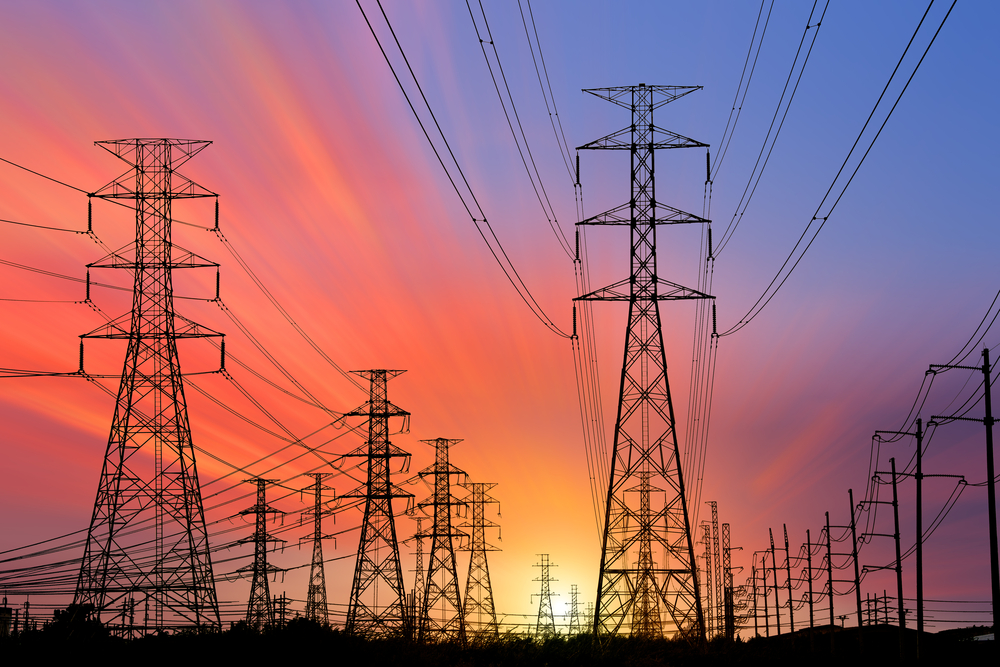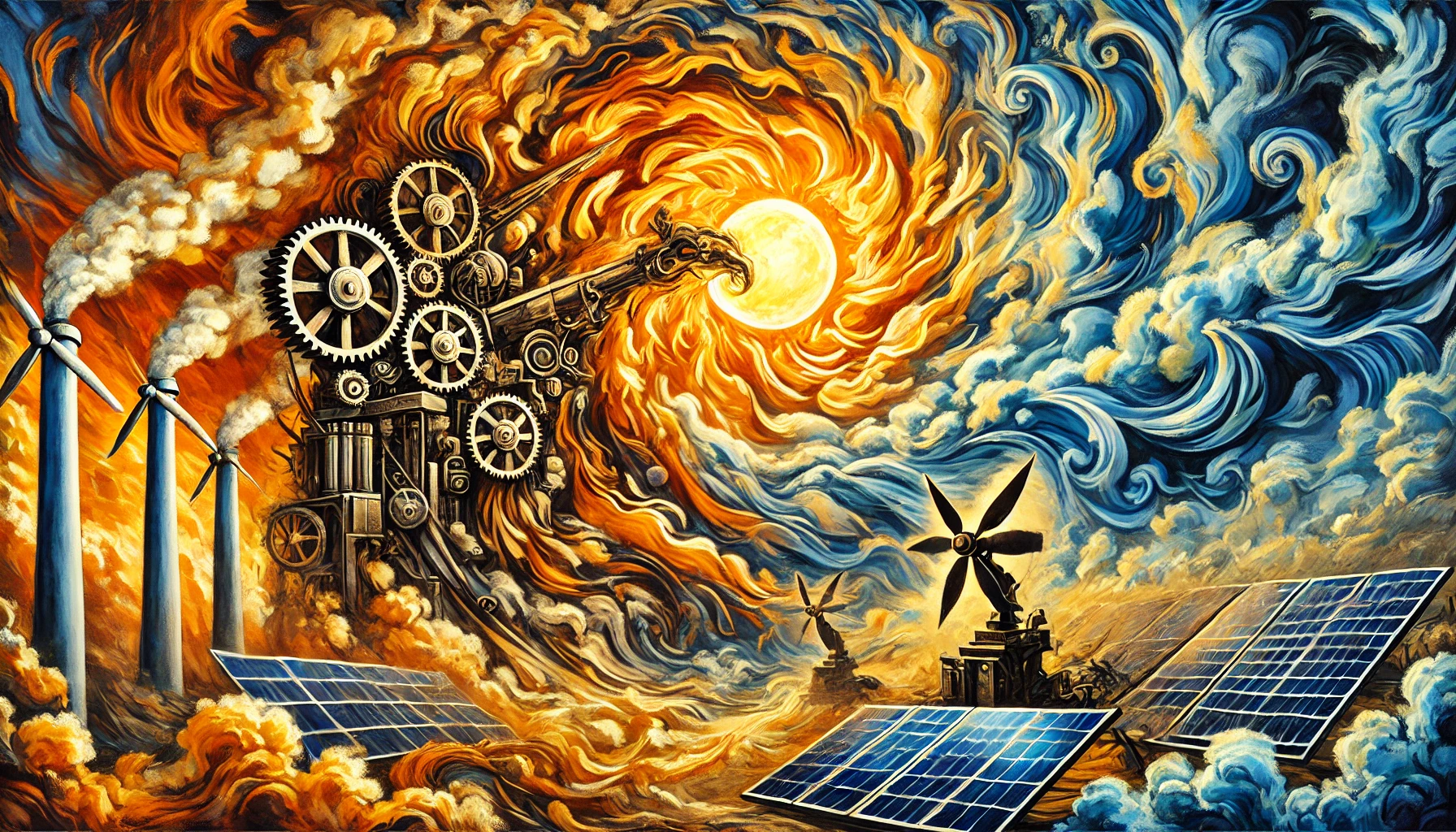Analyzing the Global Experience of Renewable Energy Integration and Grid Stability Challenges- Just Beyond Monkey Business
The recent nationwide power outage in Sri Lanka, attributed to the high penetration of non-synchronous solar photovoltaic (PV) energy, raises important questions about the challenges of renewable energy integration and how different countries have approached grid stability. This article provides an objective analysis of these issues for a lay audience, exploring the balance between renewable energy expansion and energy security.

Understanding the Issue: The Sri Lankan Case
On February 9, 2024, Sri Lanka experienced a major power failure originating from the 33kV Panadura Grid Substation. The incident was exacerbated by the nation’s heavy reliance on solar PV generation, which accounted for over 50% of the electricity supply at the time. Unlike traditional power plants, solar PV systems lack synchronous generation, leading to low grid inertia. This makes the power grid more vulnerable to fluctuations, which, in this case, resulted in cascading failures and a complete blackout.
In response, the Ceylon Electricity Board (CEB) implemented immediate corrective measures, such as maintaining synchronous generators at minimum output and operating gas turbines in synchronous condenser mode. Additionally, they introduced medium-term strategies, including inverter setting adjustments, industrial tariff incentives, and Battery Energy Storage Systems (BESS) to improve stability. However, it is important to emphasize that this incident should not be used as a justification to throttle solar power development. Instead, policymakers should focus on improving grid infrastructure and implementing solutions that allow for a seamless transition to renewable energy.
Global Experiences with Renewable Energy and Grid Stability
As the world transitions to cleaner energy sources, many nations have encountered similar challenges. Here’s how different countries have handled grid stability while increasing their reliance on renewables:
1. Germany: A Pioneering Approach
Germany has been a leader in integrating renewable energy, with solar and wind power accounting for a significant portion of its energy mix. To address grid stability, Germany has invested heavily in smart grid technologies, flexible energy markets, and interconnections with neighboring countries. The country also uses large-scale BESS and pumped hydro storage to manage fluctuations.
2. The United States: Regional Approaches
The U.S. has diverse energy policies depending on the region. In California, where solar PV penetration is high, the state has implemented demand-response programs and invested in grid-scale storage solutions like lithium-ion batteries. The Texas power grid, however, has faced challenges due to its isolation from the national grid, as demonstrated during the 2021 winter storm. This has prompted discussions on strengthening interconnections and enhancing storage capabilities.
3. Australia: Grid Modernization and Curtailment Policies
Australia has one of the highest rates of rooftop solar adoption, leading to similar stability concerns. The government has introduced dynamic export limits, improved forecasting models, and virtual power plants (VPPs), where aggregated home batteries act as grid-balancing tools. Curtailment policies have also been used to prevent overgeneration during periods of low demand.
4. China: Heavy Investment in Energy Storage
China, the world’s largest producer of solar and wind energy, has aggressively invested in grid infrastructure. The country has focused on ultra-high-voltage (UHV) transmission lines to transport electricity from renewable-rich regions to high-demand areas. Additionally, China is scaling up pumped hydro storage and experimenting with advanced grid-forming inverters to improve resilience.

Balancing Renewable Energy with Stability: Key Lessons
- Investment in Grid Infrastructure: Strengthening transmission networks and incorporating energy storage solutions can help stabilize renewable-heavy grids.
- Smart Grid Technologies: Advanced monitoring and control systems can improve real-time response to fluctuations.
- Flexible Market Mechanisms: Encouraging industries to operate during low-demand periods and offering incentives for battery storage adoption can mitigate instability.
- International Collaboration: Countries with interconnected grids can support each other during disruptions, enhancing overall energy security.
- Diversification of Energy Sources: While renewable energy is crucial, maintaining a mix of hydropower, natural gas, and emergency backup generators ensures a stable transition.
No Excuse
The Sri Lankan blackout highlights a common challenge faced by nations pursuing renewable energy expansion. While solar PV and other renewables are key to sustainable energy goals, their integration must be accompanied by strategic grid modernization efforts. Learning from global experiences, Sri Lanka and other nations can develop robust energy policies that balance renewable energy growth with grid reliability, ensuring a secure and resilient electricity supply for the future. Importantly, this incident should not be used as an excuse to slow down or limit solar power but rather as a catalyst for investing in smarter, more resilient energy infrastructure.
Ravindra Lochana








